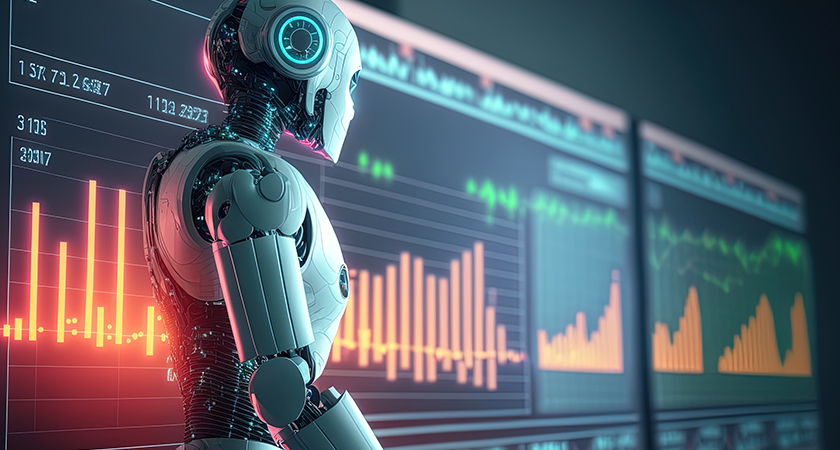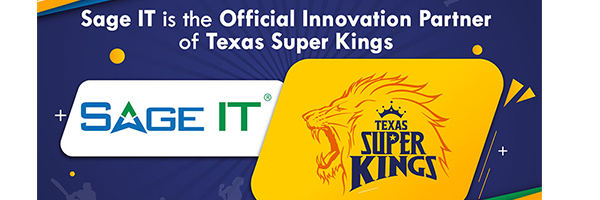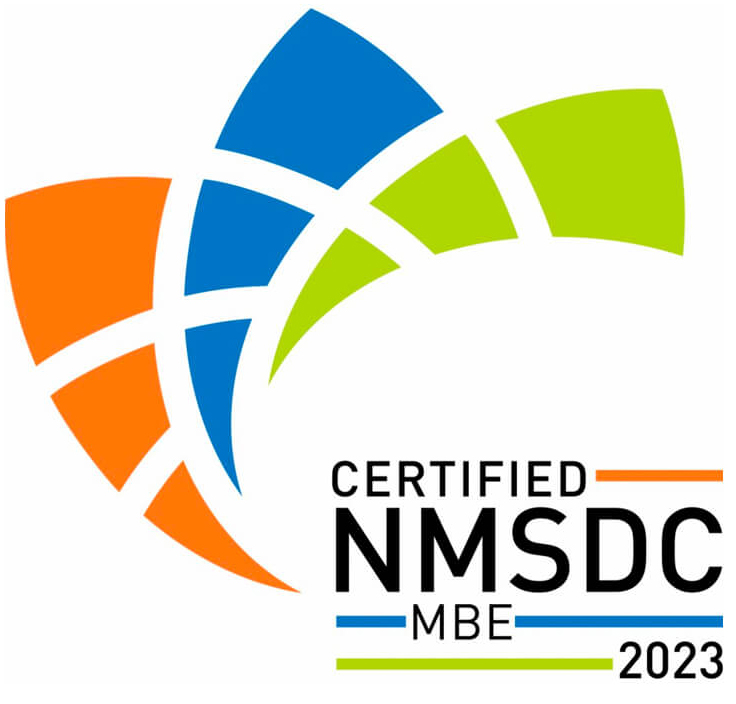
In the world of business process optimization, two terms often pop up: automation and hyperautomation. While both aim to increase efficiency and improve overall business performance, there are distinct differences between the two that are essential to understand. This article will provide an introduction to the key distinctions between hyperautomation and automation, allowing you to make informed decisions on which approach best suits your organization’s needs.
Automation primarily focuses on streamlining repetitive and mundane tasks through the use of software, robotics, or other technologies. This strategy reduces human intervention, leading to increased efficiency, reduced errors, and cost savings. Examples of automation include robotic process automation (RPA), artificial intelligence (AI), and machine learning (ML).
On the other hand, hyperautomation takes automation a step further, encompassing a more holistic and business-driven approach. It involves the harmonious integration of multiple advanced technologies with the intent of automating as many aspects of the business as possible. Hyperautomation aims to rapidly identify, analyze, and automate an extensive range of processes by leveraging a comprehensive ecosystem of tools and platforms.
Understanding Automation
Automation refers to the use of technology to perform tasks without human intervention. It is a powerful tool that has transformed various industries and continues to enable increased efficiency, productivity, and cost savings. Automation typically focuses on simple, task-oriented processes, allowing bots or other technology to execute repetitive tasks quickly and accurately.
In the early stages of automation, technologies often focused on automating simple, standalone tasks. This approach, also known as task-oriented automation, targeted routine processes but still required human intervention for handling complex situations or coordinating across multiple systems. These types of tasks are commonly completed by bots, which are programmed to follow specific rules and processes.
As technology has advanced, automation has become more sophisticated, capable of handling more complex tasks with less human involvement. This shift is driven by the need for businesses to remain competitive in a rapidly evolving global economy. While automation once focused primarily on simple processes, it is now expanding to encompass a wide range of tasks across various industries.
Today, automation is not limited to just task-oriented automation but is actively helping organizations navigate the complexities of modern business processes. By leveraging advanced technologies such as artificial intelligence (AI), robotic process automation (RPA), and machine learning, automation is evolving to tackle even the most complex tasks with minimal human intervention. This transformation enables businesses to streamline their operations and deliver better services while improving overall efficiency and productivity.
Automation has come a long way since its early days of simple task-oriented processes. It now encompasses a wide range of technologies and techniques, helping organizations become more agile and efficient. As innovation continues to drive advancements in this area, automation will remain a critical tool for modern businesses to remain competitive and thrive.
Read more: Deep Dive into Hyperautomation
Hyperautomation: A Quantum Leap
Hyperautomation is a quantum leap beyond traditional automation, bringing together advanced technologies such as Robotic Process Automation (RPA), Artificial Intelligence (AI), and Machine Learning (ML) to radically improve business processes and efficiency. This powerful combination of tools enables organizations to tackle complex tasks and decision-making processes, streamlining operations on a whole new level.
RPA is the foundation of hyperautomation, providing the basic building blocks for automating repetitive tasks and simple workflows. RPA allows organizations to minimize human intervention in routine processes like data entry, file organization, and report generation. However, unlike basic automation, hyperautomation leverages AI and ML technologies to extend the applications of automation to tasks that require cognitive abilities.
AI is an essential component of hyperautomation. It equips systems with the ability to understand, interpret, and learn from data. This allows hyperautomation to handle more sophisticated processes such as natural language processing and image recognition, enabling organizations to gain new insights and make better decisions. AI-powered algorithms can analyze large volumes of data to detect patterns and trends, making hyperautomation an invaluable asset in decision-making, analytics, and forecasting.
Machine Learning (ML) is another key enabler of hyperautomation, empowering systems to learn and improve from the data they process without explicit programming. With ML, hyperautomation solutions can adapt to changes and become increasingly efficient in handling complex tasks over time. This learning capability is critical for industries that face evolving regulations, business models, or customer behaviors.
Intelligent automation, a subcategory of hyperautomation, further extends the capabilities of RPA by integrating advanced AI and ML technologies. This results in the creation of intelligent bots capable of making decisions in real-time based on the data they handle, streamlining and optimizing work processes to a greater extent than basic automation alone.
Hyperautomation combines the power of RPA, AI, and ML to achieve a level of process automation and efficiency that goes far beyond what traditional automation can offer. By embracing hyperautomation, organizations can transform their operations, make better-informed decisions, and drive innovation in today’s highly competitive and rapidly changing business landscape.
Processes Involved in Automation and Hyperautomation
Process Discovery
Process discovery helps businesses to discover their existing processes and workflows using techniques such as process mining and task mining. This is the first step in implementing automation or hyperautomation, as it helps organizations understand their current environment, identify gaps, and uncover opportunities for improvement.
Process Analysis and Design
Once the processes and tasks are identified, the next step is to analyze, design, and optimize them for enhanced efficiency, accuracy, and productivity. This involves evaluating different systems and automation tools to determine which ones are most suitable for individual workflows or business processes.
Execution and Monitoring
With the help of RPA, bots, and other suitable tools, organizations can automate various parts of their processes by scheduling and executing tasks. Monitoring the performance of automated processes is essential to measure their effectiveness and make necessary adjustments.
Management and Scaling
One of the crucial aspects of automation and hyperautomation is the ability to manage and scale business processes. Organizations need a business-driven and disciplined approach to scale their automation efforts. This involves implementing a business process management (BPM) framework and using business rules management systems.
End-To-End Automation
Unlike traditional automation, hyperautomation aims for end-to-end automation across all processes, workflows, systems, bots, and tools. This comprehensive approach allows organizations to maximize their efficiency, productivity, and leverage the full potential of automation technologies.
Compliance and Security
Managing compliance with regulations and ensuring the security of their processes and systems is a critical aspect for businesses implementing automation or hyperautomation. Organizations need to have robust systems in place to maintain compliance and protect sensitive data.
Finance and Budgeting
Automation can have a significant impact on financial processes, such as billing, revenue management, and budgeting. By automating these processes, organizations can minimize errors, improve accuracy, and make more informed business decisions.
HR and Employee Onboarding
Human resources and employee onboarding processes can benefit from automation by increasing efficiency and reducing the time it takes to onboard new employees. This can lead to better employee engagement and satisfaction.
Customer Experience
Automation and hyperautomation can enhance customer experiences by automating communication, customer service, lead generation, and more. This can result in increased customer satisfaction and loyalty.
Healthcare and Patient Experience
The healthcare industry can benefit from automation and hyperautomation by improving patient experiences, streamlining patient data management, and enhancing the efficiency of various medical processes.
Manufacturing and Supply Chain
Automation and hyperautomation can be utilized in manufacturing and supply chain management to optimize inventory management, production planning, and logistics. This can lead to increased efficiency, cost savings, and improved product quality.
Banking and Financial Services
Banking and financial services can leverage automation and hyperautomation to streamline their operations, enhance customer experiences, improve regulatory compliance, and reduce operational risks. This ultimately leads to increased efficiency and cost savings.
Frequently Asked Questions
What are the key differences between hyperautomation and automation?
Hyperautomation is an expansion of automation, which adds a layer of advanced technology to enable more complex and intelligent tasks to be automated. In contrast, traditional automation typically focuses on automating repetitive and straightforward tasks. Hyperautomation addresses complete business processes and aims to automate as many tasks as possible, while traditional automation focuses on automating standalone functions.
How does hyperautomation incorporate AI technologies?
Hyperautomation combines automation technologies with Artificial Intelligence (AI) capabilities such as machine learning, natural language processing, and computer vision. This integration allows hyperautomation systems to learn, adapt, and improve over time, which is essential in automating complex and cognitive tasks that require human-like decision-making capabilities.
What are some use cases of hyperautomation?
Hyperautomation can be applied in various industries and business processes, including:
- Customer service: Automating customer support processes using chatbots, AI-driven personalization, and automated ticket resolution.
- Supply chain management: Streamlining supply chain processes with AI-powered inventory management, predictive analytics, and automated order processing.
- Human resources: Automating various HR processes such as recruitment, onboarding, performance management, and payroll management.
What are the benefits of implementing hyperautomation?
Implementing hyperautomation can provide numerous benefits, such as:
- Cost reduction: Automating tasks can lead to reduced labor costs, operational costs, and better resource allocation
- Improved efficiency: Hyperautomation can streamline business processes, enabling faster decision-making and quicker response times.
- Enhanced customer experience: Automating customer-facing processes can result in more personalized, timely, and accurate interactions.
- Increased competitive advantage: Embracing hyperautomation can give businesses an edge in the market by improving agility and innovation.
How does hyperautomation impact the workforce?
Hyperautomation can lead to increased productivity and allow employees to focus on higher-value tasks that require creativity and strategic thinking. While it may result in job displacement in some cases, hyperautomation can also create new roles and opportunities for workers to upskill and leverage technology to their advantage.
What are the potential challenges in adopting hyperautomation?
Adopting hyperautomation can pose challenges, including:
- Integration with existing systems: Integrating hyperautomation solutions with legacy systems can be complex and time-consuming.
- Change management: Implementing hyperautomation can require significant organizational and culture shifts for businesses to adapt and ensure employee buy-in.
- Data privacy and security concerns: As hyperautomation relies on data and AI technologies, ensuring data privacy and security is crucial.
- High upfront costs: Although the long-term benefits can be considerable, the initial investment in hyperautomation technologies might be significant for some organizations.









